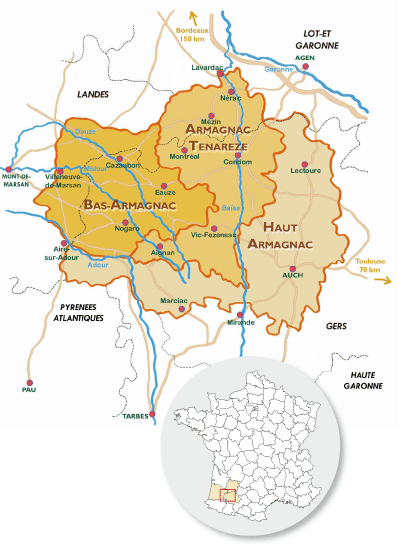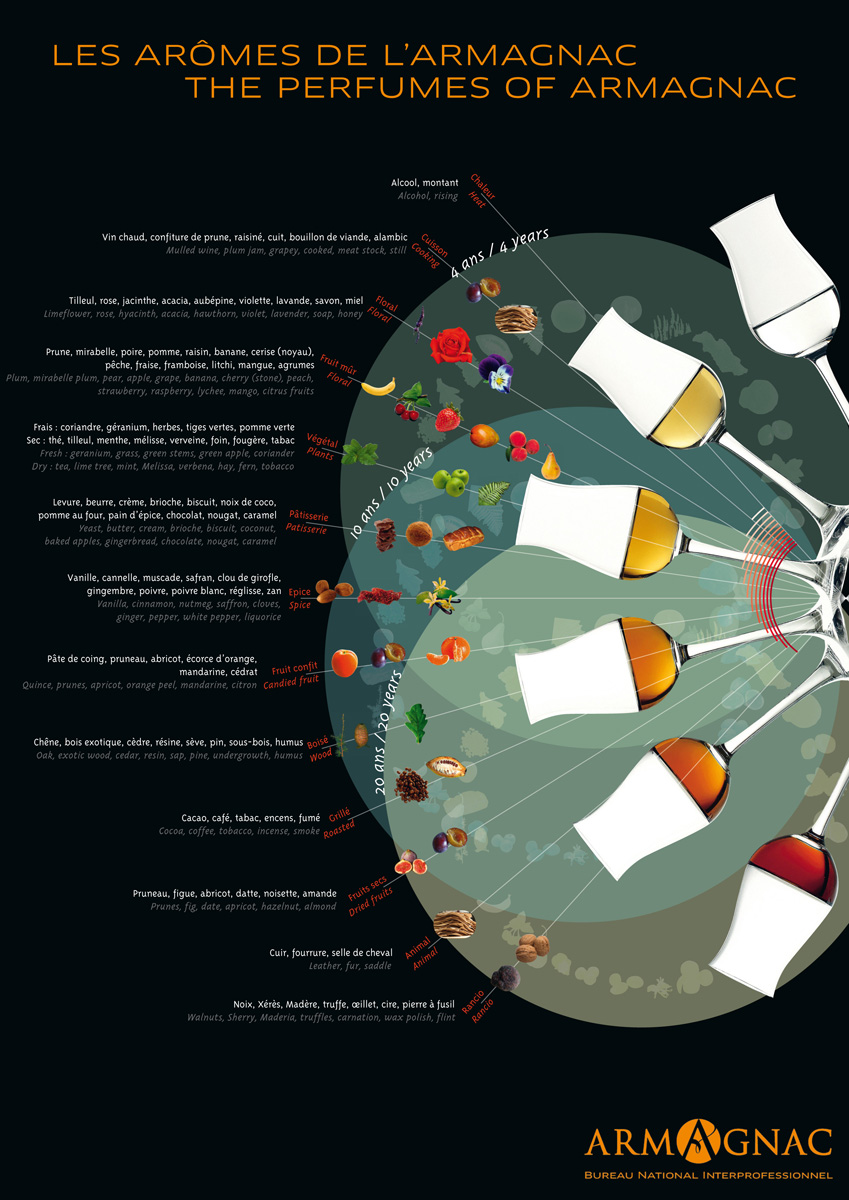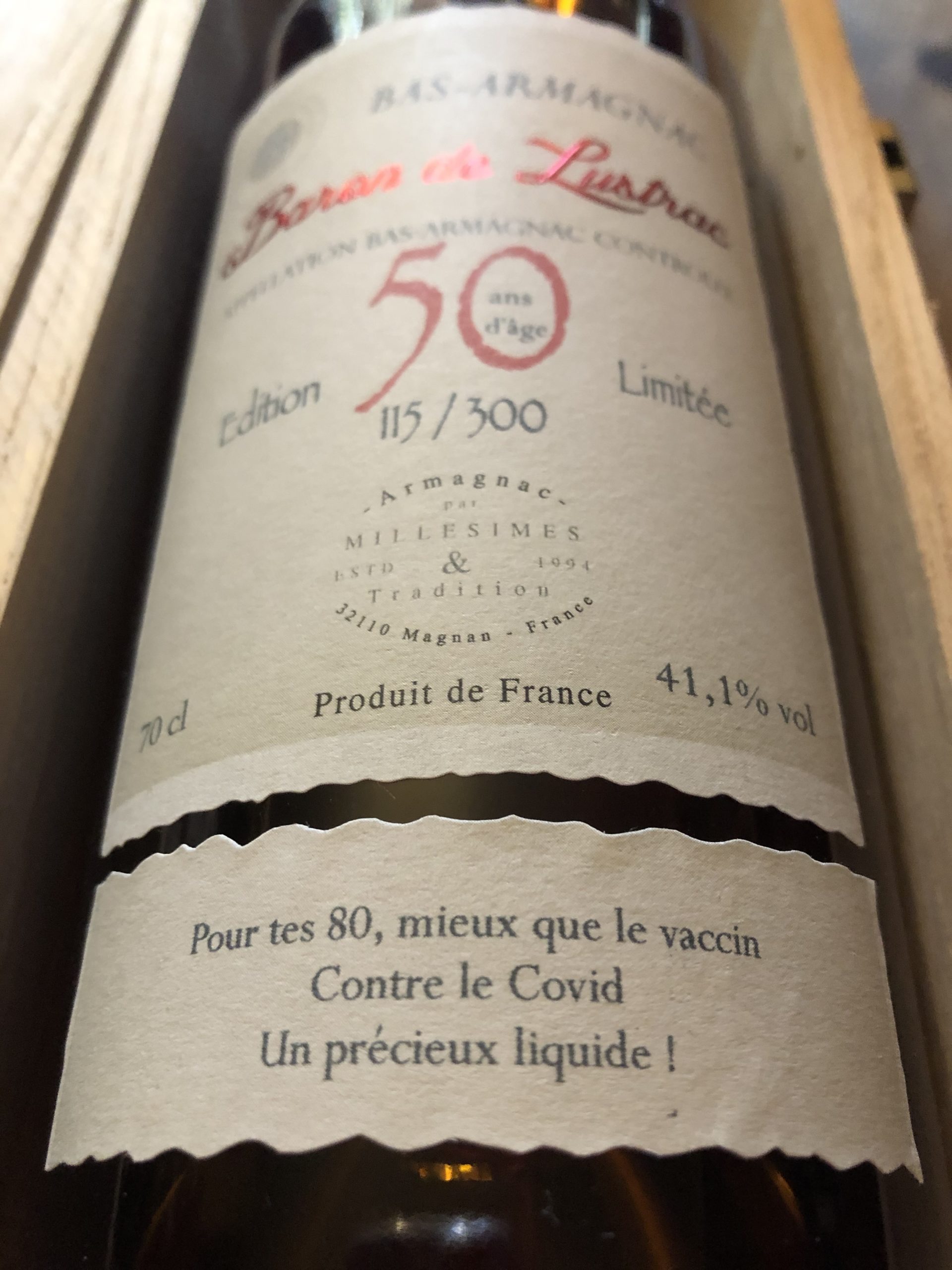armagnac
armagnac
First of all, what is Armagnac ?
What is Armagnac ? - ARMAGNAC BARON DE LUSTRAC
Then, learn all about the oldest and finest French Spirit. Also, what is armagnac ? And how or where is it done ? Furthermore, what are its secrets ?
Armagnac, the oldest French Spirit.
Gascony is the home region of the Armagnac AOC. It is divided in three regions, according to their soil compositions. The nature of the grounds produce specific aromas in the spirits.
- Haut Armagnac: calcareous soils for fruitiness.
- Bas Armagnac: sandy-clayey soils for the finest spirits.
- Ténarèze : clay-limestone soils for a strong character.
Some grape varieties are more suited for distillation. In addition, the Armagnac AOC allows the use of ten. The most commonly used are Ugni Blanc, Baco blanc, Colombard, and Folle Blanche. Jurançon blanc, Blanquette, Mauzac blanc and rosé, Clairette de Gascogne, Meslier Saint François and Plant de Graisse can also be used, but are much less cultivated.
Finally, we work with a little over twenty producers who deeply care for Gascon traditions.
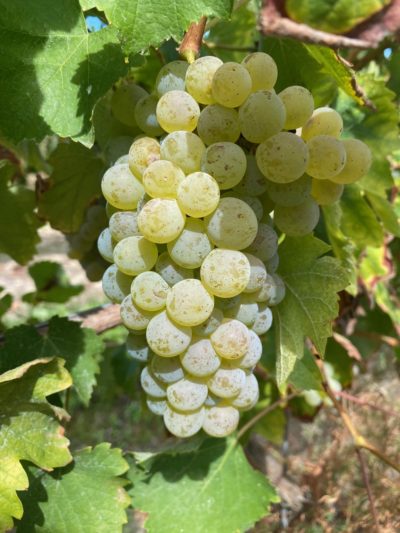
Gascony is the home region of the Armagnac AOC. It is subdivided in three regions according to their soil compositions and the aroma palette of the spirits they produce.
- Haut Armagnac: calcareous soils for fruitiness.
- Bas Armagnac: sandy-clayey soils for the finest spirits.
- Ténarèze : clay-limestone soils for a strong character.
Some grape varieties are more suited for distillation. The Armagnac AOC allows the use of ten: Ugni Blanc, Baco blanc, Colombard, and Folle Blanche are the most commonly used ones; Jurançon blanc, Blanquette, Mauzac blanc and rosé, Clairette de Gascogne, Meslier Saint François et Plant de Graisse can also be used but are much less cultivated.
We work with a little over twenty producers who deeply care for Gascon traditions.

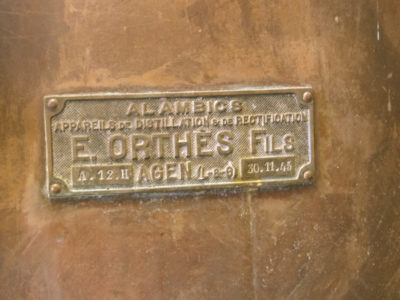
After the vinification, the distillation. Traditionally, our producers use Armagnac copper stills. In the past, itinerant bouilleur de cru (ancient distiller) used to be handle those. They toured from one wine cellar to the other.
The precious clear water-like liquid coming out of the still is what we call eau-de-vie (literally water of life). And so, This is the first step toward the creation of an Armagnac Baron de Lustrac. Now, the spirit can start forging its personality in the cellars.
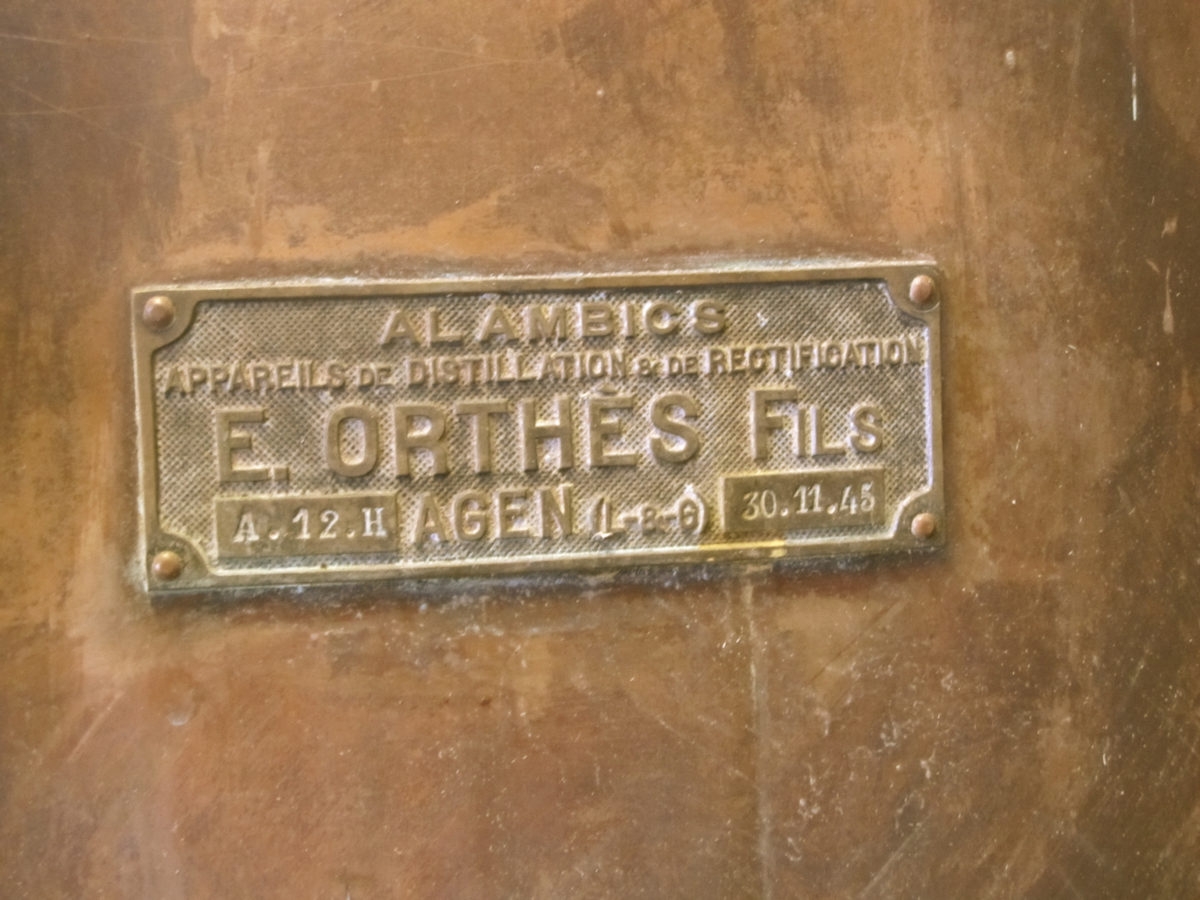
After the vinification comes the distillation. Our producers use Armagnac copper stills. In the past, those used to be handled by the bouilleur de cru (ancient distiller) who toured from one wine cellar to the other.
The precious clear water-like liquid coming out of the still is what we call eau-de-vie (literally water of life). The first step toward the creation of an Armagnac Baron de Lustrac is now taken. The spirit can start forging its personality in the cellars.
The colorless and very strong eau-de-vie ages in 420 L oak barrels, also called pièces. As the years go by, the wood from the casks naturally tints the young Armagnac with amber-golden shades. Furthermore, the Armagnac Baron de Lustrac forges the complexity of its flavor palette.
Year after year, the Armagnac looses from its natural alcohol. As a matter of fact, this is poetically called part des anges (the "angels' share").
Meanwhile, our Cellar Master keeps a close eye on the maturing process of our Armagnacs Baron de Lustrac in order to propose them to you at their optimal age.
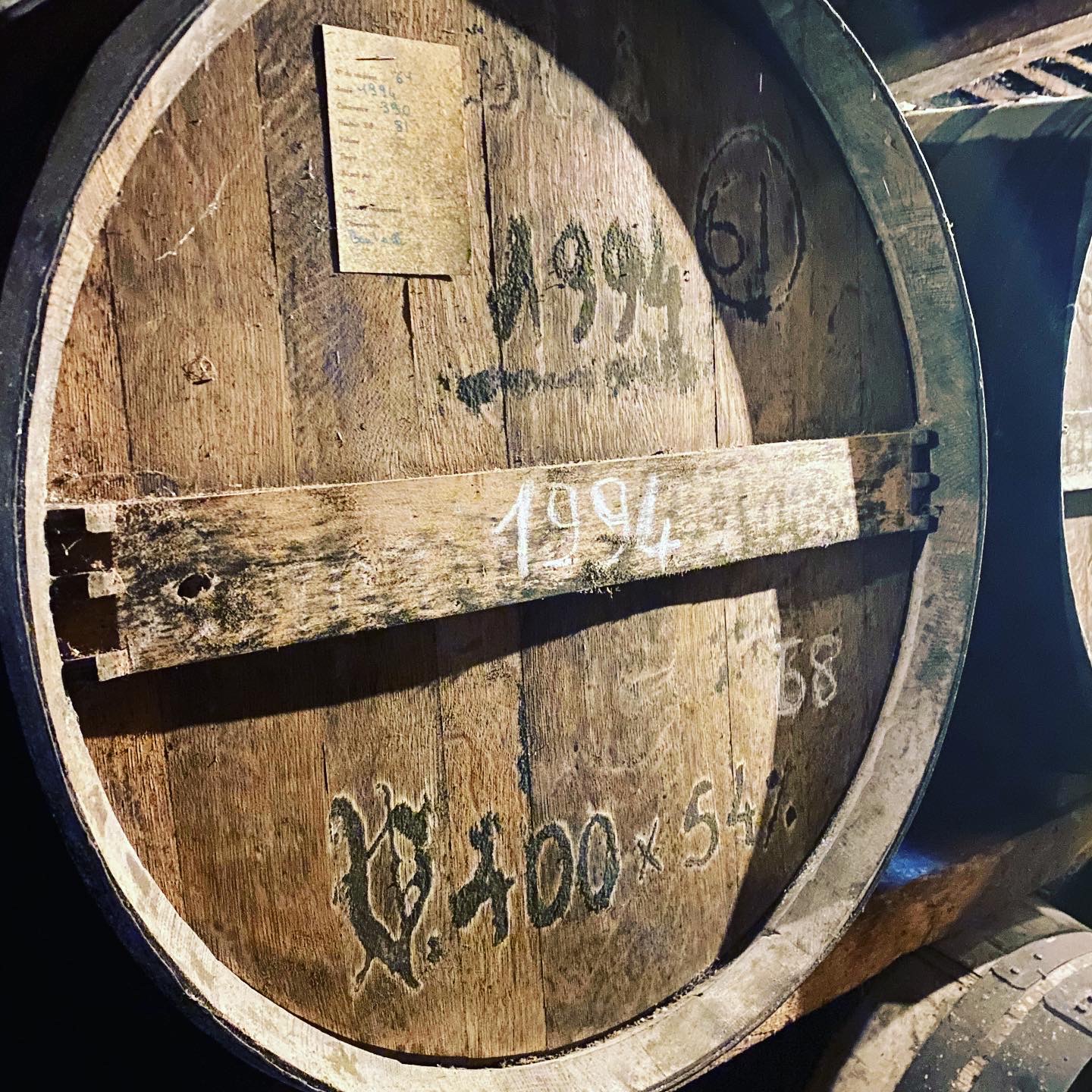

The colorless and very strong eau-de-vie is placed in 420 L oak barrels, also called pièces. As the years go by, the wood from the casks naturally tints the young Armagnac with amber-golden shades. The Armagnac Baron de Lustrac then also forges the complexity of its flavor palette.
Year after year, the Armagnac looses from its natural alcohol: this is poetically called part des anges (the "angels' share").
Our Cellar Master keeps a close eye on the maturing process of our Armagnacs Baron de Lustrac in order to propose them to you at their optimal age.


During the Blending process, the Cellar Master works his real alchemy. In order to create the final Armagnac, more balanced and complex, he assembles various complementary eaux-de-vie. Some are bottled à 40%Vol alcohol, others stay what we call brut de fût (they keep their natural alcohol content when taken out of the cask, they are usually a little bit stronger than the ones at 40 %Vol).
Our Armagnacs Baron de Lustrac are not always blended. We also have a selection of exceptional Armagnacs brut de fût.
To learn more about what we offer, discover our products.
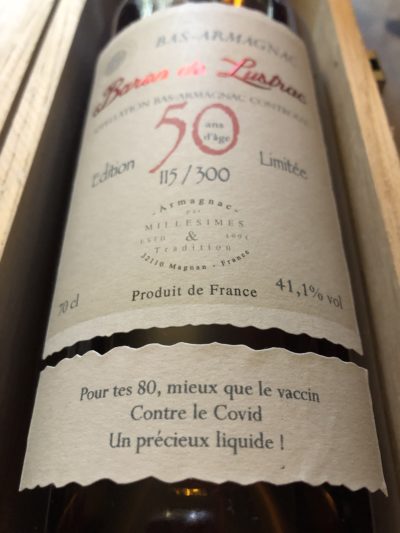
During the blending process, the Cellar Master works his real alchemy. In order to create the final Armagnac, more balanced and complex, he assembles various complementary eaux-de-vie. Generally, we bottle our Armagnacs at 40%Vol alcohol. But some stay what we call brut de fût. In that case, they keep their end natural alcohol content: they are usually a little bit stronger than the ones at 40%Vol.
Not all of the Armagnacs Baron de Lustrac are blends. We also have a selection of exceptional Armagnacs brut de fût.
To learn more about what we offer, discover our products.



